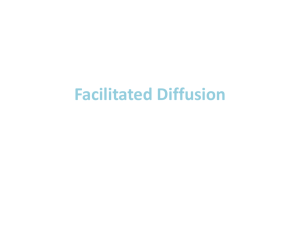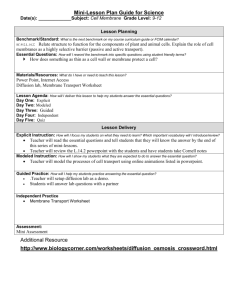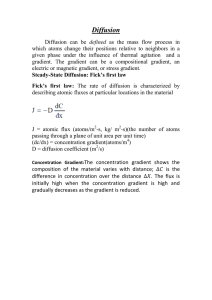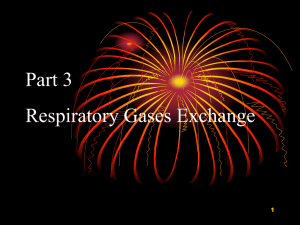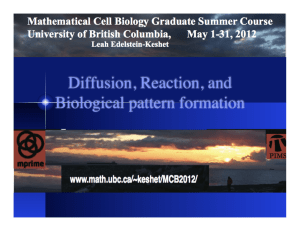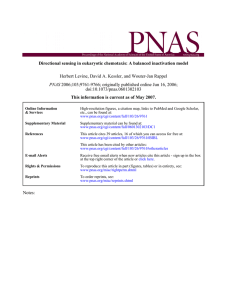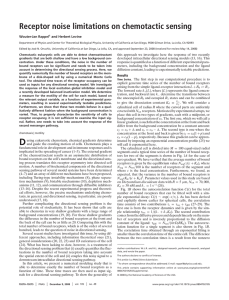Cell Theory
advertisement
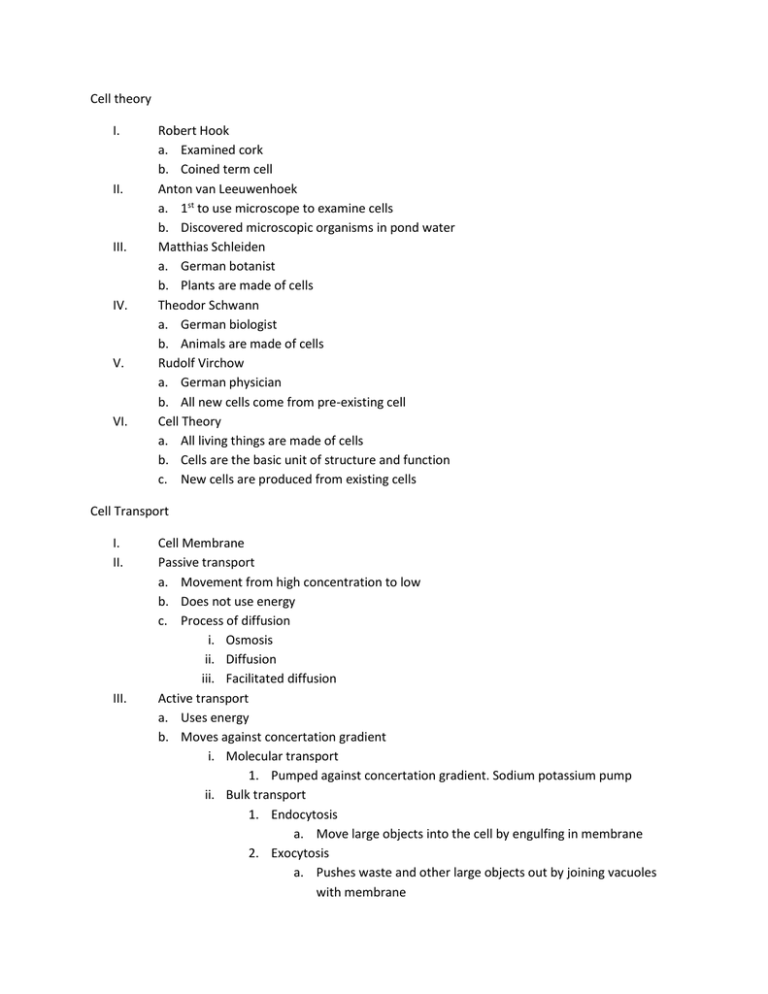
Cell theory I. II. III. IV. V. VI. Robert Hook a. Examined cork b. Coined term cell Anton van Leeuwenhoek a. 1st to use microscope to examine cells b. Discovered microscopic organisms in pond water Matthias Schleiden a. German botanist b. Plants are made of cells Theodor Schwann a. German biologist b. Animals are made of cells Rudolf Virchow a. German physician b. All new cells come from pre-existing cell Cell Theory a. All living things are made of cells b. Cells are the basic unit of structure and function c. New cells are produced from existing cells Cell Transport I. II. III. Cell Membrane Passive transport a. Movement from high concentration to low b. Does not use energy c. Process of diffusion i. Osmosis ii. Diffusion iii. Facilitated diffusion Active transport a. Uses energy b. Moves against concertation gradient i. Molecular transport 1. Pumped against concertation gradient. Sodium potassium pump ii. Bulk transport 1. Endocytosis a. Move large objects into the cell by engulfing in membrane 2. Exocytosis a. Pushes waste and other large objects out by joining vacuoles with membrane Cellular organization I. II. III. IV. V. VI. Cell smallest unit of life contain DNA Specialization and differentiation a. Differentiation i. Turning on Genes and turning off others. Allows cells to change in shape and structure by making different proteins b. Specialization i. After cells differentiate to become structured differently roles in the organism become specialized. 1. Brain cell, skin cell, blood cell Tissue- groups of similarly differentiated cells that work together to perform one job or function a. Nervous tissue, epithelial tissue, muscle tissue b. Root cell, leaf cell, stem cell Organ- groups of similar tissues working together to perform a large function a. Heart, lungs, stomach b. Root, leaf, ect. Organ system- groups of organs working together to perform task a. Digestive system, skeletal system, ect. b. Branches, root system, stem aka trunk Organism a. Animal b. plant




